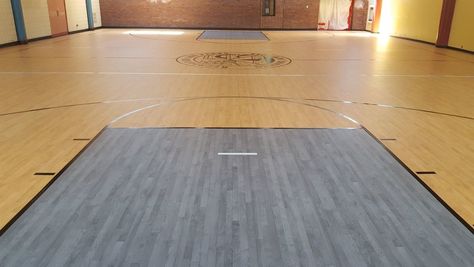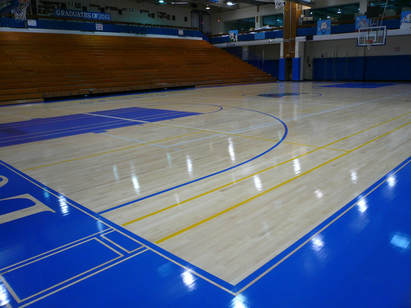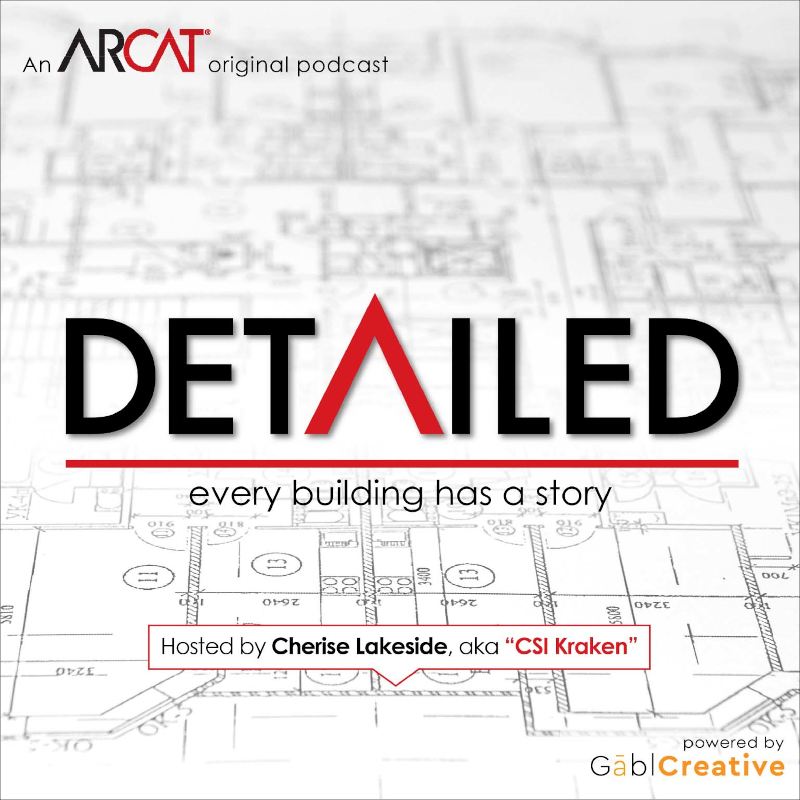|
Contributed by Sheldon Wolfe I’m sure you’ve heard the Army way of presenting information: Tell them what you’re going to tell them; tell them; tell them what you told them.
While that may be a practical way of doing some things, it has no place in construction documents. For those, we have a different rule: Say it once in the right place. I think it’s safe to say that specifiers believe this rule, though convincing those who create the drawings is difficult; the result often is that the specifications may state things but once, while it’s common for drawings to repeat things many times, and it’s also common for drawing notes to repeat what is stated in the specifications. So what’s the big deal? Why not repeat things? I believe the intent is good, and that everyone working on drawings or specifications simply wants to make sure the contractor knows what is needed. That’s the theory, but what really happens? Let’s start with specifications; it’s quite common for a specification section to say the same thing twice. Here’s an example I have used when teaching specification writing classes. It’s from a specification I found online, but the same problems are found in manufacturers’ specifications and in commercial guide specifications. 2.02 Materials A. Flat roof board insulation: Extruded polystyrene board to ASTM C578, Type IV, rigid, closed cell type.
That looks pretty good, right? Not really. Here’s the problem: Much of the information in the numbered paragraphs is already required by ASTM C578, and is, therefore, redundant.
3 Comments
Contributed by Eric D. Lussier (Editor's Note: Before you start Part 2, please be sure you've read Part 1 here.
CUSHIONED SHEET VINYL Vinyl, namely cushioned sheet vinyl or PVC, is one of today’s most popular synthetic surfaces for sports. Coming from a wide range of manufacturers in a variety of thicknesses, widths, colors and designs, the most common of these floors mimics the appearance of a traditional wood gym floor. Premade in factories the world over, the vinyl is rolled up, packaged and shipped from the factory to a distribution house, the warehouse or a jobsite directly. The playing surface itself is typically pure vinyl and prefinished at the factory. Urethane prefinishes prevent the need to reapply annual finishes and help aid in cleanliness and maintenance of the floor. Any lines, lettering or logos are painted onto the surface of the rolled vinyl in the field. Vinyl surfaces are very popular in elementary and middle schools, but also see installations in high schools, colleges, churches, YMCAs, daycare facilities and more. Built for sport usage of all types, cushioned sheet vinyl systems are heavily used for multipurpose areas. As water and liquids do not harm or, typically, stain the floor, it is common to see cafeteria and gymnasium hybrids — cafetoriums — receiving these types of floors. URETHANE Once prevalent, full-depth urethane surfaces have been mostly phased out and are now pad-and-pour or sandwich systems. Incorporating a recycled rubber pad that is adhered directly to the substrate or a slipsheet, the rubber has its pores sealed and is then coated with a 2 mm or 3 mm urethane lift. The lift is then coated with a color layer, offering one of the most popular synthetic surfaces on the market, which is also completely seamless. Ideal for multipurpose usage, the overall resiliency of the rubber pad is more suited for heavy loads over the closed-cell foam of a cushioned sheet vinyl. While 4 mm, 7 mm and 9 mm are the most prevalent rubber pad thicknesses on the market, almost any thickness is available. With all components manufactured in the factory, the pore sealer, urethane lift and painted wear layer are shipped to the job in pails in two- or three-part kits. Dozens of pails are mixed onsite, making conditions such as heat and relative humidity in the climate-controlled space to be of the utmost importance. Products are hand troweled or hand rolled upon the surface, and the final painted wear layer can be as thin as a piece of paper. This painted wear layer can wear through in high-traffic areas, and it is typical for the floor to receive a new applied surface periodically, perhaps anywhere from five to 15 years depending on usage. Contributed by Eric D. Lussier The space is enclosed, the HVAC is running and the basketball backboards are in place. The final touch to your athletic facility is the only item outstanding: the sports floor. You have made your selection and the contractor is scheduled. All you need to worry about is the completed installation, right? Well, have you put thought into periodic maintenance? You always want your facility to look clean and new, but some floors take more work than others. The following provides insights into the various finish options and upkeep factors that must be considered when it comes to choosing from among the many athletic surface options.
CONCRETE It seems ridiculous to start the overview with what could seem like no flooring at all, but due to its lifespan and durability, concrete remains a choice in the athletic flooring market. If you are building a new facility, chances are concrete serves as your base substrate regardless of what floor surface is specified. And, whether it is intended for team or individual sports, or for multipurpose use, chances are those activities can occur on a concrete surface. The downside of a concrete surface, however, is the safety factor. While a player may not think twice about shooting hoops on an outdoor concrete basketball court, that same person would likely be apprehensive about lacing up their high tops on an indoor concrete court. Why? Because concrete doesn’t offer any sporting characteristics, such as force reduction, also known as shock absorption. ASTM F2569, Standard Test Method for Evaluating the Force Reduction Properties of Surfaces for Athletic Usability, defines force reduction as the “ability of a surface to reduce impact forces as compared to a rigid surface using a specified impact.” Concrete on its own offers no force reduction. ASTM F2569 was repackaged in the official sports flooring standard: ASTM F2772, Standard Specification for Athletic Performance Properties of Indoor Sports Floor Systems. In 2009, additional criteria were added for surface finish effect, which is the slip and grip of a floor, known as coefficient of friction. Nevertheless, if team or court games will be played on a concrete surface, one important finish application is game lines. Pay attention to the coating used to mark lines on any athletic flooring, as heavy foot traffic and cleaning equipment can take a toll on the paint used. Typically, a polyurethane-based coating with a hardening catalyst is specified for longevity reasons. The concrete surface may also receive a stain or a polish before usage. With these kinds of finishes, high-traffic areas will require upkeep much sooner than low-traffic areas, but one can expect to refinish the surface anywhere from five to 20 years, depending on usage.
Our next LIVE Fix Construction workshop will be with the Greater Lehigh Valley CSI Chapter in Allentown, PA this coming Wednesday, October 18th, 2017 from 6pm to 9pm.
We'll be hosted at the Holiday Inn Conference Center Lehigh Valley, PA, 7736 Adrienne Dr, Breinigsville, Pennsylvania. The cost is $30 for CSI Members / $35 for Non-Members. Special rates for Young Professionals under the age of 35. Email Jon Lattin for details. Please get more information here. Contributed by Roy F. Schauffele I opened up my business in Texas on July 4, 1987 and have been in continuous operation since then. When I came to Texas about 65 to 70% of the leak issues I dealt with were roof related, now the vast majority of building envelope leaks that I handle are related to the walls and windows. There are a variety of reasons for these problems:
We all need to realize that today’s walls are being designed for a 40+ year life span and we must adjust our thinking accordingly. Product warranties could be a good indicator of how long the product is anticipated to last. We must also realize that the total installed cost of a flashing system should be taken into serious consideration, and not just the cost of materials. The Brick Institute Association (BIA) has excellent Tech Notes 7 & 7A (Click for link) on this topic at www.gobrick.com/Technical-Notes. This is one of the reference resources I use. Please remember that for through wall flashing to work properly, the flashing material/assembly must extend beyond the face of the mortar. Today’s cavity walls are a chemical soup of ingredients:
|
AboutLet's Fix Construction is an avenue to offer creative solutions, separate myths from facts and erase misconceptions about the architecture, engineering and construction (AEC) industry. Check out Cherise's latest podcast
Get blog post notifications hereArchives
March 2022
Categories
All
|





 RSS Feed
RSS Feed
